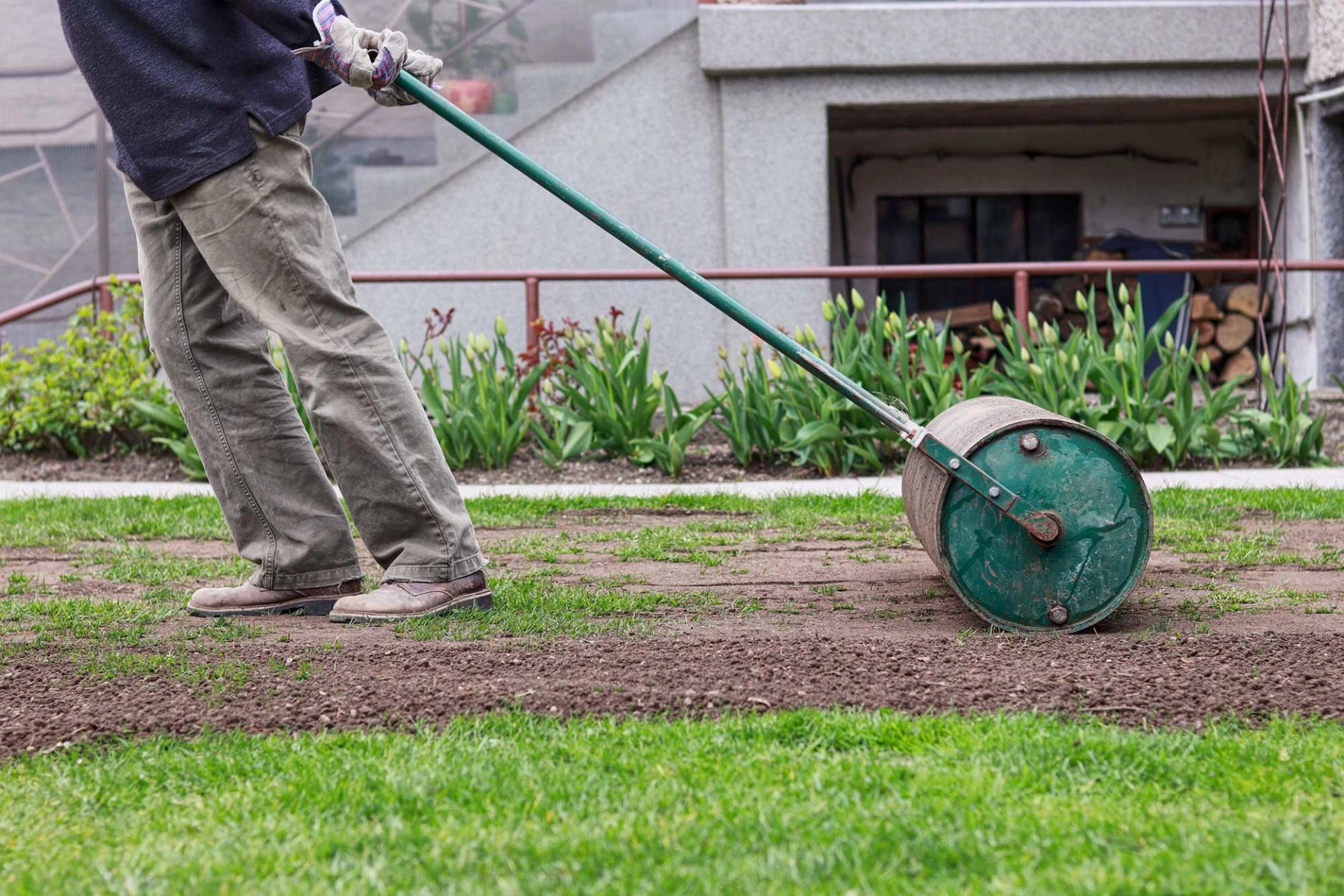
In the quest for a picturesque yard, homeowners often explore various techniques to achieve the perfect green carpet. One such lesser-known method that can significantly enhance the health and appearance of your lawn is lawn rolling. This age-old practice, often overlooked amidst the plethora of lawn care tips, can work wonders in leveling the terrain and promoting a vibrant, uniform turf. In this comprehensive guide, we delve into the intricacies of lawn rolling, unraveling its benefits, techniques, and its profound impact on transforming your yard into an envy-inducing oasis.
At its core, lawn rolling is a technique aimed at flattening the soil surface by applying pressure using a heavy roller. This process is typically undertaken after winter thaw or in the early spring when the ground is soft and moist. Lawn rollers, available in various sizes and materials such as steel or polyethylene, are maneuvered across the lawn, exerting pressure that compresses the soil and levels any unevenness.
Over time, soil can become uneven due to factors like freeze-thaw cycles, root growth, and settling. Lawn rolling helps in compacting the soil, minimizing bumps and depressions, and creating a smoother surface for mowing and other activities.
Uneven terrain can impede the growth of grass, resulting in patchy areas and an overall lackluster appearance. By leveling the ground, lawn rolling promotes uniform turf growth, leading to a lush, vibrant lawn that’s a sight to behold.
When overseeding or laying down new sod, ensuring proper seed-to-soil contact is crucial for successful germination and establishment. Lawn rolling aids in pressing the seeds or sod firmly into the soil, facilitating optimal conditions for growth and minimizing the risk of seed washout.
Thatch, a layer of dead grass and organic debris that accumulates on the soil surface, can inhibit water and nutrient absorption, leading to poor grass health. Rolling the lawn helps break up and disperse thatch, promoting its decomposition and improving overall soil health.
In areas with mild slopes or uneven terrain, water runoff can pose a challenge, leading to water pooling and potential turf damage. By smoothing out the surface, lawn rolling facilitates proper drainage, preventing waterlogged patches and promoting healthier grass roots.
While lawn rolling offers numerous benefits, improper execution can potentially harm your lawn. Here are some essential tips to ensure effective and safe lawn rolling:
The ideal time for lawn rolling is in the early spring when the ground is slightly moist but not overly saturated. Rolling on wet soil can cause compaction and damage to the grass roots.
Choose a roller size and material suitable for your lawn size and terrain. Larger rollers are more efficient for larger areas, while polyethylene rollers are gentler on the turf compared to steel ones.
Roll the lawn in alternating directions to ensure even compaction and prevent the formation of wheel tracks. Avoid rolling the same path repeatedly, as this can lead to over-compression and soil compaction.
Apply moderate pressure while rolling the lawn, avoiding excessive force that can compact the soil too tightly. It’s better to make multiple passes with lighter pressure than to exert too much force in a single pass.
After lawn rolling, water the turf lightly to help it recover from the stress and promote soil settling. Avoid heavy foot traffic or mowing for a few days to allow the grass to rebound.
In the realm of lawn care, where techniques abound and choices can be overwhelming, lawn rolling stands out as a simple yet powerful tool for achieving a lush, uniform turf. By harnessing the benefits of soil compaction, turf uniformity, and improved drainage, lawn rolling can elevate the aesthetics and health of your yard to new heights. With proper timing, technique, and equipment, this age-old practice can be the secret weapon in your arsenal for a vibrant, envy-inducing lawn that’s the pride of the neighborhood.

WhatsApp us